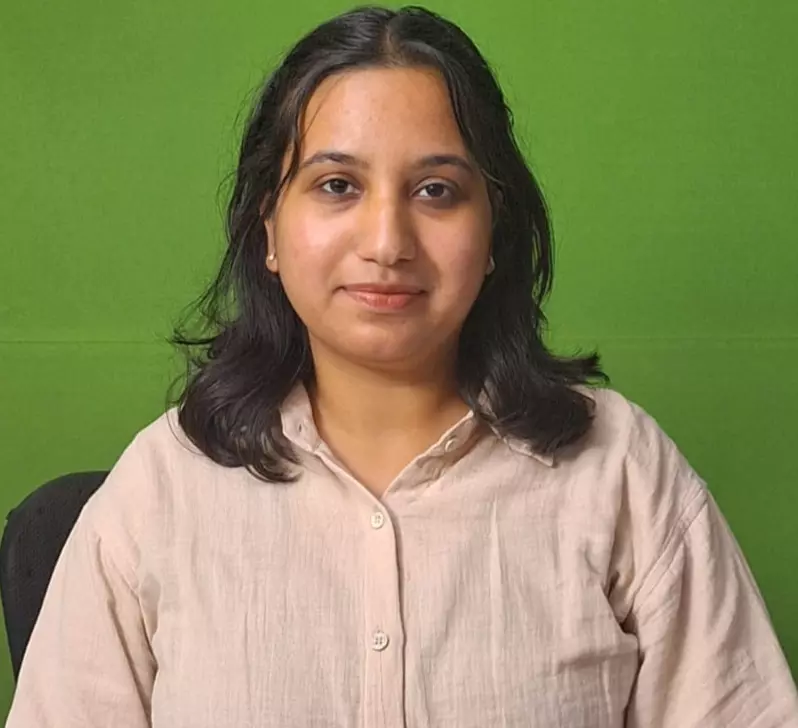South Asian Countries Unite to Tackle Anaemia Crisis Among Women and Girls

Colombo: Anaemia continues to be a significant public health concern in South Asia, affecting nearly half of all adolescent girls and women. Experts now warn that without stronger and more coordinated efforts, an additional 18 million girls and women could become anaemic by 2030, adding to the already high burden of 259 million cases across the region.
In response, governments from seven South Asian countries have come together for a regional conference on anaemia, taking place from July 9–11 in Colombo, Sri Lanka. The event, titled "Nourishing South Asia | Reducing Anaemia in Adolescent Girls and Women," is being organised by the South Asian Association for Regional Cooperation (SAARC), the Government of Sri Lanka, UNICEF, WHO, and other partner organisations.
The conference brings together over 100 policymakers, researchers, and health experts to develop a shared regional framework and country-level action plans. It also marks the launch of a new South Asia Anaemia Academic Alliance to strengthen research and evidence-based action.
"Anaemia remains a public health concern in Sri Lanka, affecting 18.5 per cent of women of reproductive age and 14.6 per cent of children under five. We are stepping up our nutrition programme, particularly in districts with high rates of anaemia, focusing on women and children. The government is committed to expanding these efforts nationwide through collaborative actions across multiple sectors. We are eager to strengthen our partnership with UNICEF, WHO, and other UN agencies. Organising this conference highlights our position as a regional leader in tackling anaemia," said Dr Harini Amarasuriya, Honourable Prime Minister of Sri Lanka.
Anaemia results from a lack of healthy red blood cells to carry oxygen in the body. For girls and women, it can lead to fatigue, poor concentration, and complications during pregnancy.
It can also affect a woman’s ability to attend school, work, or care for her family. However, anaemia is not solely a health issue, it is linked to wider problems such as poor nutrition, infections, and socioeconomic inequality. The impact is greatest among the poorest populations.
"In South Asia, our young people and mothers stand at the heart of our demographic and development goals. Ensuring that they are healthy, nourished and empowered is not just a moral imperative, it is a strategic investment in the future of our societies," said His Excellency Mr. Md. Md. Golam Sarwar, Secretary General of SAARC.
Many South Asian countries have policies in place to address anaemia, but practical challenges remain. These include gaps in healthcare delivery, difficulties in reaching remote communities, limited programme coverage, and inadequate data to guide decisions.
"This is a clarion call for action. When half of all adolescent girls and women in South Asia are anaemic, it’s not only a health issue, but also a signal that systems are failing them. We know what to do, and we know how to do it. Now is the time for governments to take the lead and scale up solutions," said Mr. Sanjay Wijesekera, Regional Director of UNICEF South Asia.
The condition also affects children and babies. Anaemia contributes to low birth weight, with South Asia accounting for 40% of global cases. Children with anaemia may experience slower growth, learning delays, and higher vulnerability to illness.
"Anaemia is both preventable and treatable. We know the causes: poor nutrition, iron deficiency, infections, chronic diseases, and pregnancy-related complications. A more nuanced and evidence-driven approach is needed. Tackling anaemia is not just about health; it is foundational to the well-being of our women and girls. It is as much an economic and social investment as a health investment," said Saima Wazed, Regional Director of WHO South-East Asia.
Despite the persistent challenge, some progress is being reported. In Nepal, for instance, anaemia in women of reproductive age declined from 41% in 2016 to 34% in 2022. This has been attributed to investments in frontline health workers, an equity-focused strategy, and integration of health and nutrition services.
WHO estimates suggest that by 2030, the prevalence could drop to 27%, with the biggest decline expected in Nepal’s Karnali province and among women from the poorest households.
India and Pakistan have reported local improvements through community-based programmes and trained health workers. Bangladesh is working to improve adolescent nutrition through school-linked initiatives and social services. In Sri Lanka, the prevalence of anaemia among women under 25 was 17% in 2022.
Anaemia also has economic implications. It is estimated to cost the South Asian region $32.5 billion every year. Yet, according to experts, the benefits of action outweigh the costs. Every $1 spent on maternal anaemia interventions can generate a return of $9.50.
Addressing anaemia requires coordinated action from governments, communities, schools, and health systems. The focus, experts say, must shift from isolated policies to sustained, inclusive, and multisectoral implementation to ensure long-term change.


